

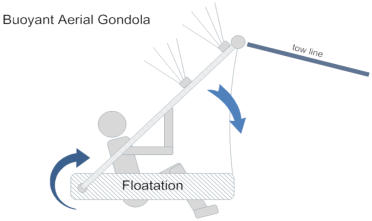
Welcome to the
Parasail Safety Council Website
The worlds premiere source for parasail information
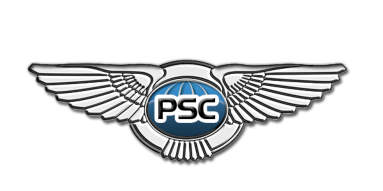

In 1981, Mark McCulloh executed a contract with the US Air Force at Turkey Point in Homestead, Florida to convert an existing tow vessel
into a Winchboat for testing and evaluation. The Winchboat would replace the existing motorized platform providing a more efficient training
operation. To date, the Military still conducts water training using McCulloh’s Winchboat invention at the Naval Air Station in Pensacola, Florida.


Download Copy of Contract
In 1981, McCulloh predicted a sharp rise in commercial parasail accidents using the body harness after fully understanding the lack of
evacuation from the body harness by the increase in commercial parasail accidents along with data supporting the water survival training program
for military to escape from a runaway parasail in emergency water landings. The harness by design is not easy evacuate during an emergency
water landing. As expressed by the military, every parasailor should undergo a rigorous water survival training program. Considering that stack
holders will never be implement this voluntarily, McCulloh chose to proceed with the development of alternative safety equipment.
The first design was a Quick Release System similar to what is used in skydiving to eject the main parachute and deploy the
reserve. In a parasail application, the parasailor could be instructed to pull a rip cord to release of the parasail from the
harness in the event of a emergency water landing. Their were numerous complications with that concept and it never left the
drawing board.
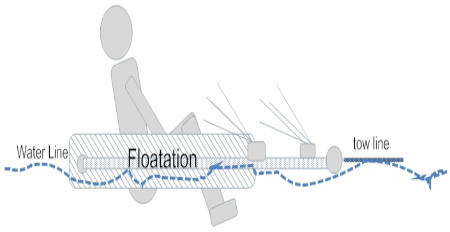
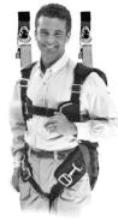
In 1983, Mark McCulloh designed a “Buoyant Aerial Gondola” that did not require: a) special training; or b) seat belt restraints or straps. The
most important feature was the parasail release clips that automatically disconnected the parasail canopy from the structure connecting points,
when the overhead support tow bar rotated forward after a emergency water landing. Further testing of the Buoyant Aerial Gondola we
discovered that the release mechanism did not always work, and the overhead support tow bar “roll cage” did not always fall forward during
water landings. The production of the first Buoyant Aerial Gondola was halted, and it was back to the drawing board.

1983, McCulloh's next vision was a futuristic Winchboat with bolt-on outboard motors, and a portable self-contained parasail launch and
recovery system along with a futuristic Buoyant Aerial Gondola design.
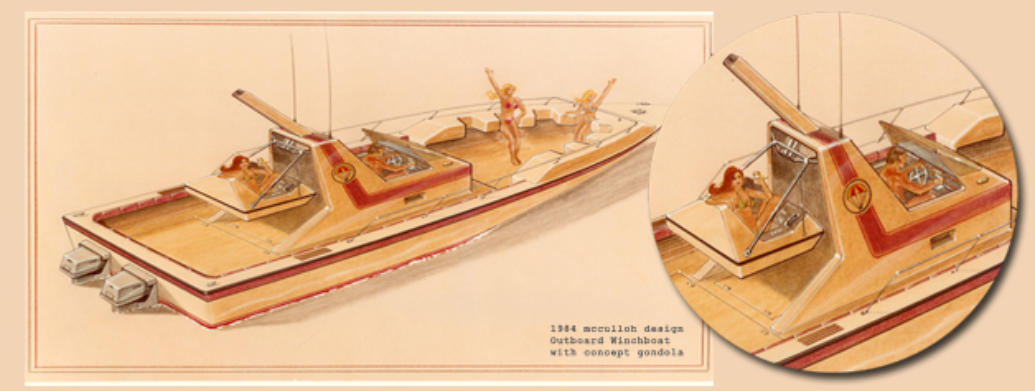


In 1984, McCulloh took the first step in testing the worlds first Portable
Launch and Recovery System (PLRS). The PLRS comprised of a winch
system, automatic canopy launching power mast, all of which was
powered by a built-in 16hp diesel engine that could transform a standard
boat into a winchboat.
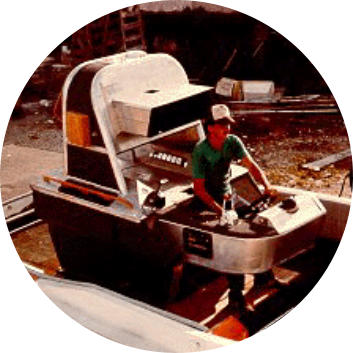

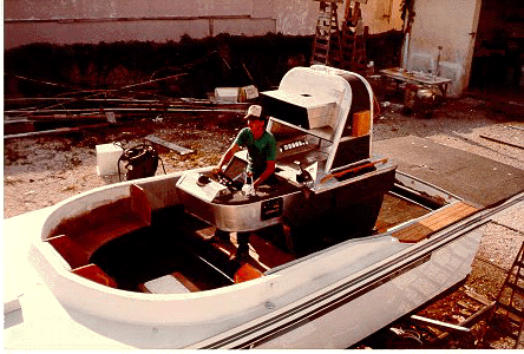

In 1984, McCulloh negotiated a deal the Johnson Outboards to
provide modified engines that included custom transom brackets
and external intake air ducts as promotional consideration to test
their sea drive concept.

In 1984, McCulloh designed the worlds first automatic release winch system. The
concept was to allow the forward wind force to release the towline automatically
based via hydraulic braking vs. throttle control position. This design provided a fail-
safe launch on every flight.
How does it work ?
When the parasail canopy and parasailor were ready to launch, the operator just
shifted the winch control lever in full reverse position. Then accelerated the
Winchboat. The increased speed created line load/resistance that activated the winch
and released the towline automatically; similar to the drag on a fishing reel.
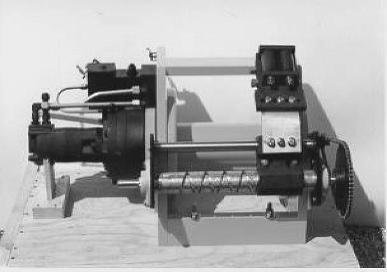

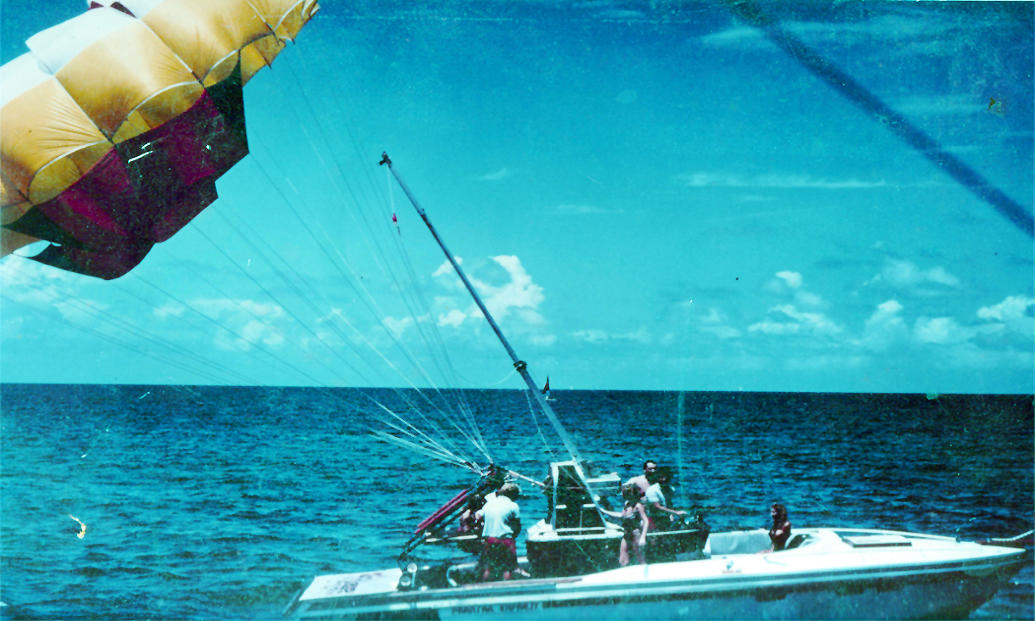
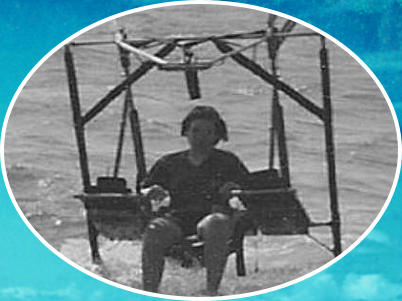
In 1984, Mark McCulloh testing his new outboard powered prototype Winchboat together with the Buoyant Aerial Gondola. The Winchboat
worked perfect. However, the
Buoyant Aerial Gondola still did not perform as expected.

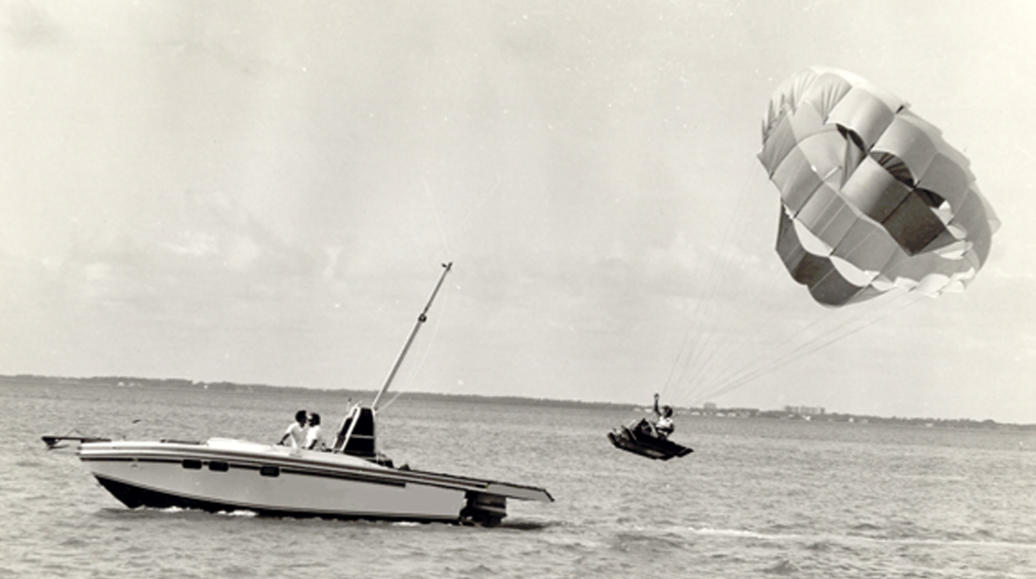
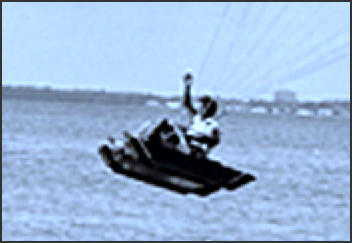
In late 1984, McCulloh redesigned
the
Buoyant Aerial
Gondola
and named it the Aerial Recliner “Gondola". The proof-of-concept design
streamlined the massive structure of the "
Buoyant Aerial Gondola
" and provided some additional safety features as follows:
Passengers semi-reclined for additional support and comfort
Eliminated the need to use the parasail release clips like in the Floating Harness.
Used a lower towing point on the tow vessel that increased vessel stability in high winds and rough seas while the parasail was in flight.
Allowed for easy evacuation with less obstruction during water landings.




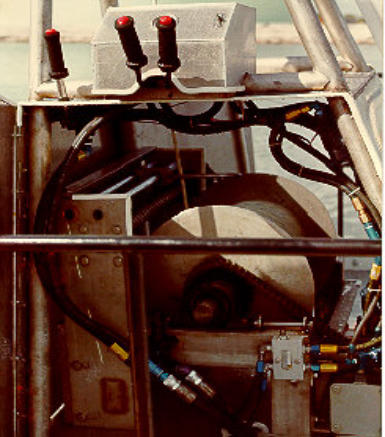
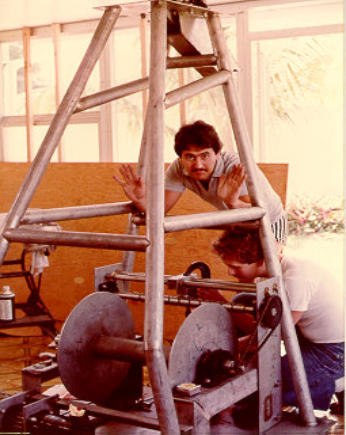
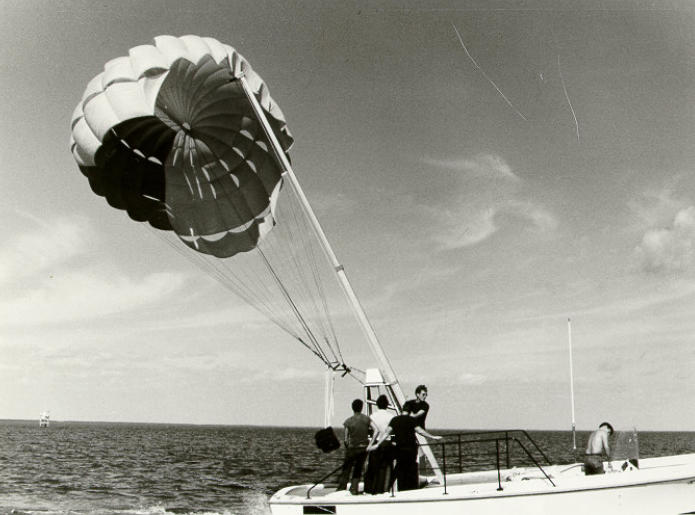
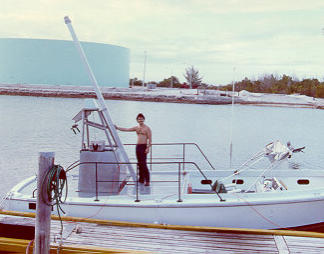
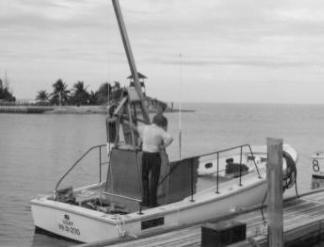

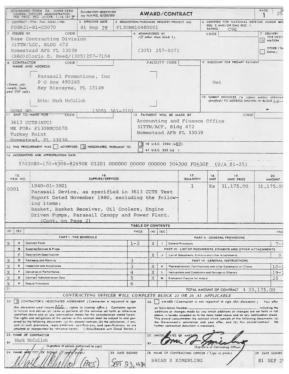



Parasail Safety Council
Main Office The Clayton & McCulloh Office Building 1065 Maitland Center Commons Blvd. Maitland, FL 32751 Telephone : (321-236-1522 Email: mark@parasail.org © 1998-2022 Mark McCulloh - All Rights Reserved
General Disclaimer: This website is provided “as is” without any representations or warranties, express or
implied. Mark McCulloh makes no representations or warranties in relation to this website or the
information and materials provided on this website. Without prejudice to the generality of the foregoing
paragraph, Mark McCulloh does not warrant that: a) this website will be constantly available, or available
at all; or b) the information on this website is complete, true, accurate or non-misleading. Nothing on this
website constitutes, or is meant to constitute, advice of any kind. Limitations of liability: Mark McCulloh
will not be liable to you (whether under the law of contract, the law of torts or otherwise) in relation to the
contents of, or use of, or otherwise in connection with, this website: a) to the extent that the website is
provided free-of-charge, for any direct loss; b)for any indirect, special or consequential loss; or c) for any
business losses, loss of revenue, income, profits or anticipated savings, loss of contracts or business
relationships, loss of reputation or goodwill, or loss or corruption of information or data. These
limitations of liability apply even if Mark McCulloh has been expressly advised of the potential loss. By
using this website, you agree that the exclusions and limitations of liability set out in this website
disclaimer are reasonable. If you do not think they are reasonable, you must not use this website











































